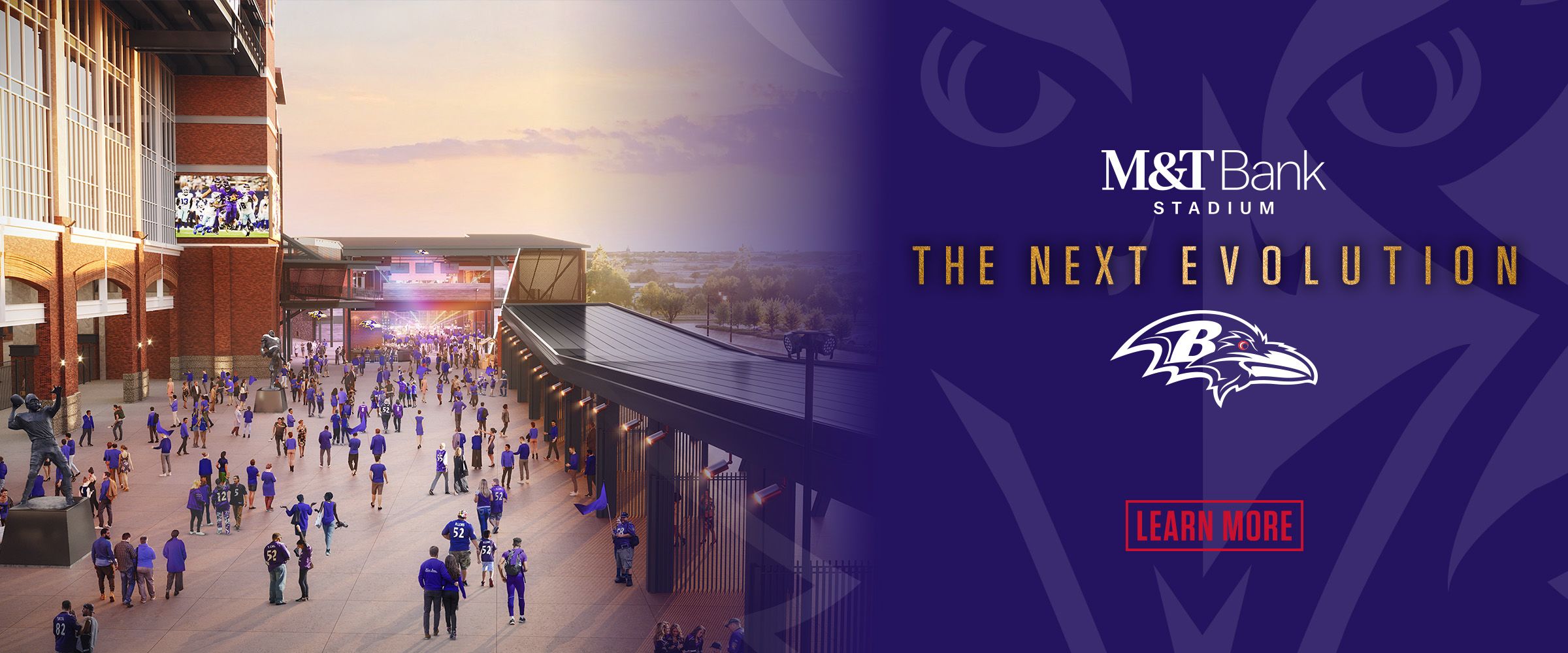Scouring the newswires earlier this week, I came across a story that sounded quite familiar: The Minnesota Vikings are holding their last training camp at Minnesota State University in Mankato, ending a 52-year fan-friendly tradition.
Next year, the Vikings will hold their camp in a new, year-round practice facility with a corporate title.
The story was similar to those that ran a few years ago after the Ravens announced they would permanently move their training camp to the Under Armour Performance Center, ending a long run at what is now McDaniel College in Westminster – a run that dated to when the Colts represented Baltimore decades ago.
The story about the Vikings leaving Mankato had the same melancholy tone as stories about the Ravens leaving Westminster, which always seem to crop up around now, as another training camp begins and some fans think back to how things were.
The melancholy is understandable. Ravens Owner Steve Bisciotti has called the decision to leave Westminster as personally wrenching as any he has made since gaining control of Baltimore's team. Like many fans here, he fondly remembers the exhilaration of being young and getting to see his favorite team up close in Westminster.
The Ravens have taken a lot of heat for their decision and, I'm guessing, will continue to do so for some time. There's no winning a showdown with nostalgia.
But the story about the Vikings and Mankato contained some surprising statistics – surprising to me, at least – that put the Ravens' decision in context.
It used to be a matter of routine for teams to relocate their headquarters for a month in the summer, but like the fullback, that routine is fast disappearing from football.
Last year, 20 of the league's 32 teams held training camp at their practice facilities. I didn't know the trend was THAT prevalent. The Vikings will add to the number next year, and I'm sure more will follow.
There's nothing wrong with yearning for yesteryear, but plain and simple, the sport has moved on.
The idea of training camp dates to when players didn't make nearly as much money as they do now and had to work jobs in the offseason. Coaches fell in love with the idea of taking their out-of-shape players to some remote locale and whipping them into shape for the season with two-a-day practices and Spartan living conditions.
Did it help? The answer to that question probably depended on whom you were asking. But regardless, times have dramatically changed. Today's players work out year round and report to camp in top-notch shape. Two-a-days have disappeared, a victim of the collective bargaining process. If you want to put guys in tiny motel rooms without air-conditioning, their agents will just tell them to sign somewhere else.
Now, to best prepare their teams for the season, coaches care most about access to state-of-the-art fields, video and workout equipment, meeting rooms, medical facilities and dining halls.
It means far fewer fans get to see the team practice, which, of course, is unfortunate. But a different calculus is in play. With the collective bargaining agreement governing many aspects of the players' professional lives, including how often they can hit each other in practice, teams feel an urgent need to maximize the benefit of any and all workout opportunities. These gleaming practice facilities, which didn't exist a generation ago, make that possible.
The Ravens are trying to address the situation with a major renovation of their facility, which will enable it to house more fans at training camp. They can't replicate the Westminster ambiance, but given the circumstances, it's the best they can do.
Rest assured, teams still want their fans to be able to connect with them as intimately as possible, especially as television ratings stagnate, putting the whole league on high alert. Off-site training camps were wonderful for that. But the challenge for teams now is to find other ways to do it. Social media helps. The challenge continues. It's the new normal, for better or worse.



















